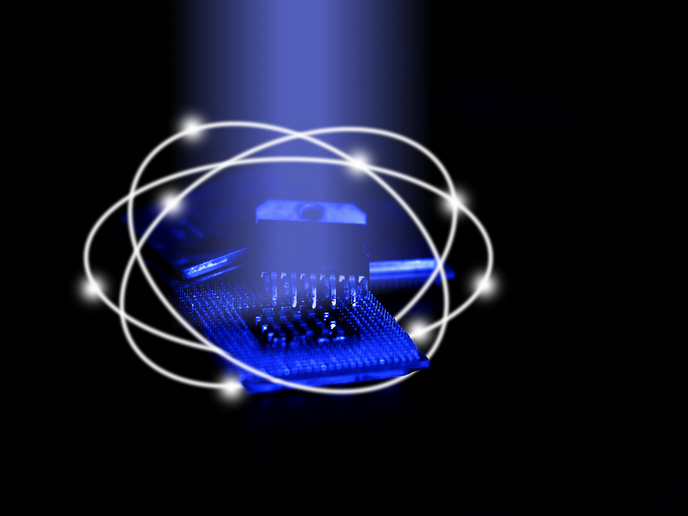Effective heat transfer at nano-scale level
Nearly a decade ago, a new highly efficient mode of thermal conduction was discovered, namely heat transport by magnetic excitations in quasi 1D quantum-magnetic materials. Heat conductivity arising from magnetic excitations is almost as efficient as in conventional metal materials at room temperatures. Furthermore, these novel magnetic compounds offer a host of advantages in terms of effective thermal management. The EU-funded project 'Low-dimensional quantum magnets for thermal management' (LOTHERM)(opens in new window) focused on exploiting quasi 1D quantum magnets to achieve faster and more effective heat reduction in electronic devices and circuits. In this scenario, heat is conducted along one crystal axis, whereas along the rest of the axes there is thermal resistance. Furthermore, heat is carried by localised magnetic moments that can be manipulated by magnetic fields or light. Thus, an electrical insulator could be developed with tuneable heat conductivity at room temperature. Certain high-purity single crystals of low-dimensional quantum magnets with high heat conductivity (high kappa-mag values), such as the five-leg ladder compounds, were grown and tested at high temperatures. High-purity single crystals exhibited high thermal conductivity, whereas artificial doping-induced disorder led to drastic suppression of kappa-mag values. Thin films of these materials were also grown. Considerable progress was made in the development of novel experimental techniques for magnetic transport and dynamics. Project partners collected data regarding heat conductivity up to 800 Kelvin. To assess thermal management capabilities of high kappa-mag–value materials, heat flow was simulated, enabling thus characterisation of realistic electronic devices. Eventually, the team fabricated and characterised a device that contained a high kappa-mag–value material and that demonstrated high anisotropic heat distribution on the surface. This allowed a study of extraordinary heat conduction properties such as maldistribution of thermal flow. LOTHERM contributed to sustaining growth in Europe by exploiting materials to manage energy and heat dissipation at nano-level. 1D magnets offer a unique possibility to study ground and excited states of quantum models as well as the interplay of quantum and thermal fluctuations.







